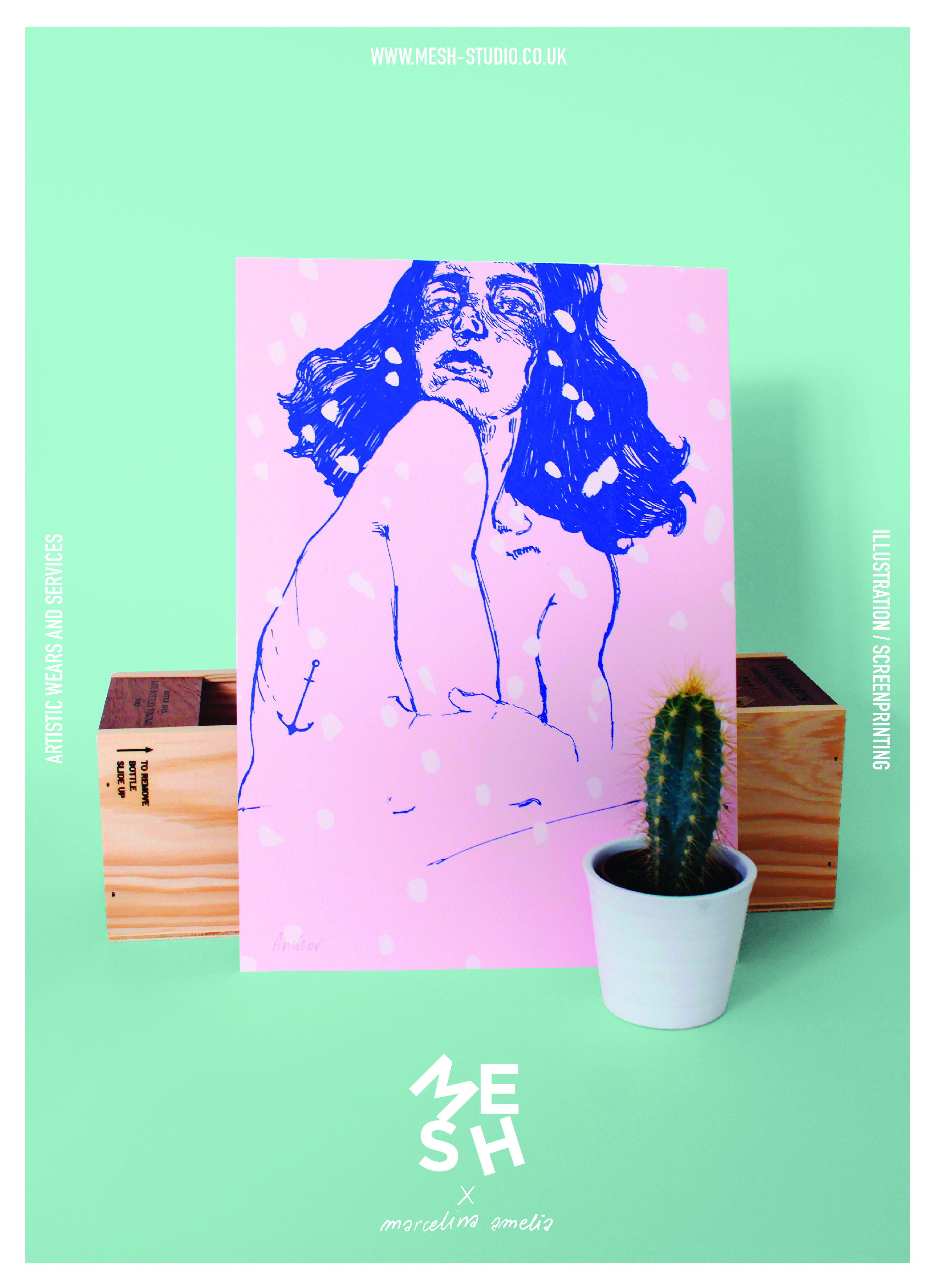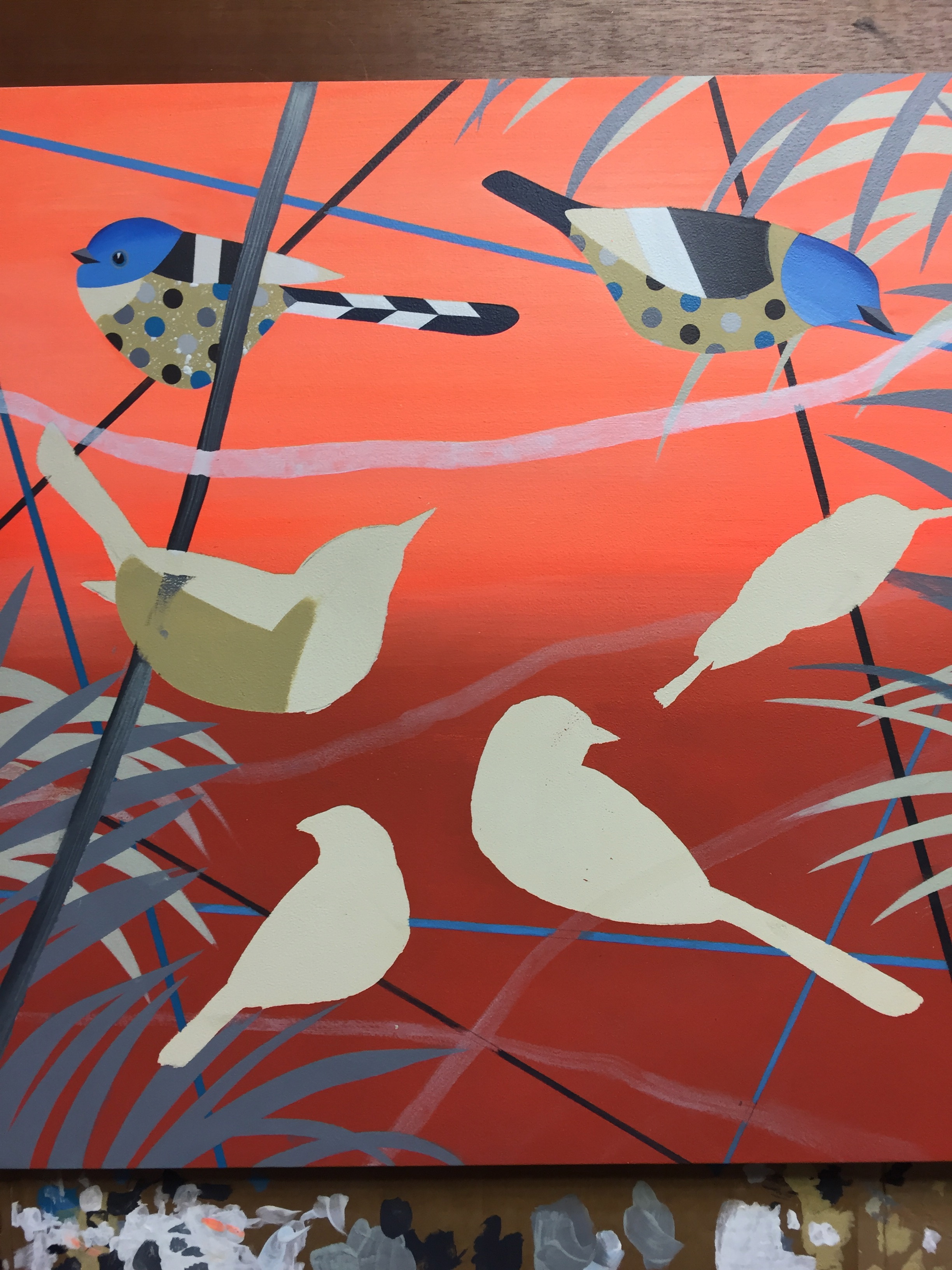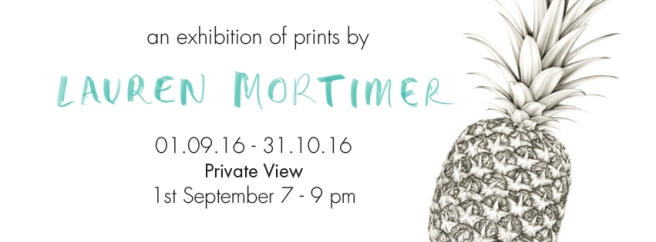N16 is full amazing shops offering beautiful clothing, jewellery, homeware and cookware, books, cards and more, as well as cafes and restaurants cater to every taste. See You In Stokey celebrates the vibrant and friendly independent businesses that make Stoke Newington unique.

The See you in Stokey website is a hub and resource for anyone wanting to shop Stokey and support small businesses.
‘Local businesses care passionately about community and are part of the fabric of what feels like village life here. We’re the friendly faces welcoming you to the area and we’ve created this site to help you discover what’s happening in Stokey, to learn a little of the area’s history and to make it easier for you to shop local.‘
seeyouinstokey.com

seeyouinstokey.com acts as a directory, listing the small local businesses categorised by type. So if you are looking for a new outfit, something to eat for lunch or just a coffee you will find it here. All upcoming events are also listed, alongside guides to some of our much loved local landmarks.
Coming up is the The Invisible People Art Trail. Artist and Guardian cartoonist Henny Beaumont in partnership with Kate Revere of social enterprise Revere the Residence have teamed up with businesses in Stoke Newington to curate the Invisible People Art Trail. Revere the Residence is founded on the idea of employing disabled adults and parents of disabled children in order to level the field. Henny’s daughter Beth works at Revere the Residence in the holidays. Henny explains: ‘Kate and I bonded over a sense that we both feel our daughters are a bit invisible. There is a sense that they are not part of the community, friendships are very difficult and isolation is a real problem.’ The idea for The Invisible People Art Trail was born.
The aim of this trail is to highlight art made by people who feel marginalised or invisible. The work submitted to the trail will be displayed in the shops and business around Stoke Newington. Artwork will be sold with all proceeds going to the artists. Pieces donated by artists will be sold by auction to raise money for the Stoke Newington Business Association for Invisible People 2023. Henny and artist Brigit Connolly have also been working with local special needs school Stormont House to produce plates and mugs with students’ artwork, which will be sold in Stoke Newington this summer. Henny adds: ‘The Art Trail is a celebration of these people’s abilities, an opportunity to make people feel visible and for their artwork to be seen. It’s an appreciation of difference.’
The Invisible People Art Trail will run from 2nd – 10th July. To submit work or find out more, please contact hello@seeyouinstokey.com




















































